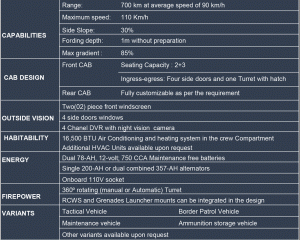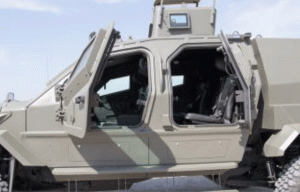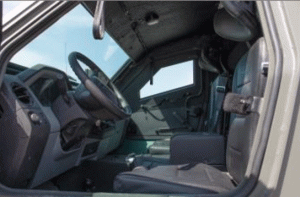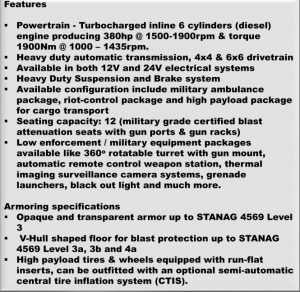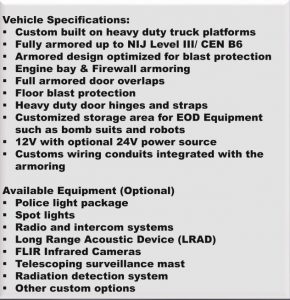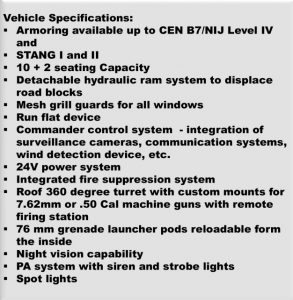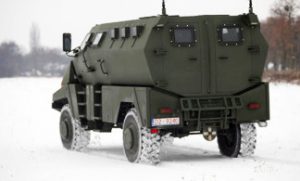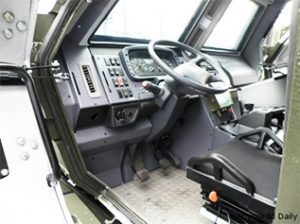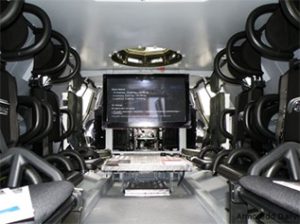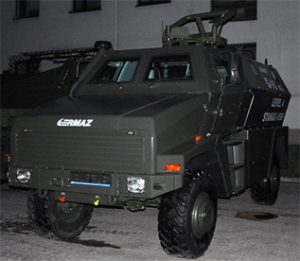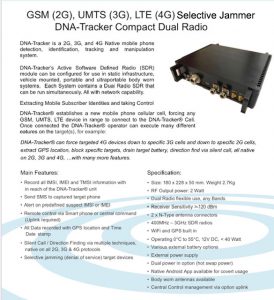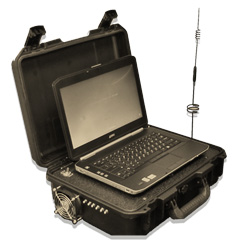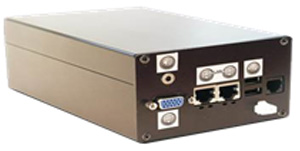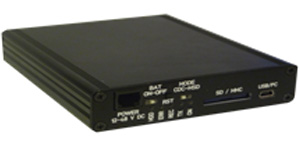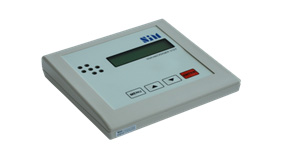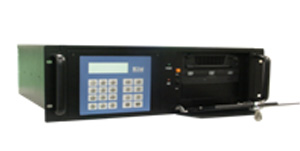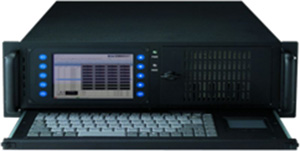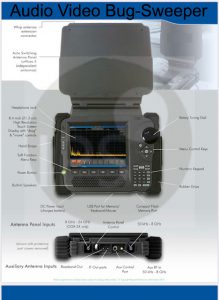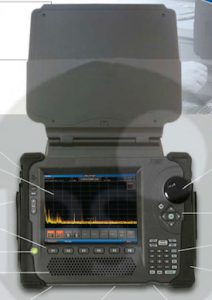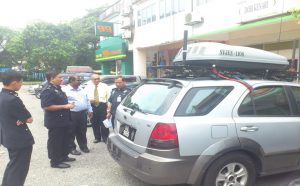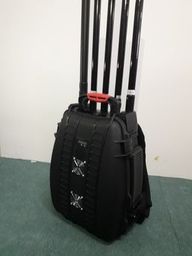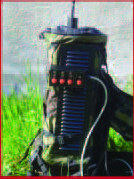DIGITAL FRAUD INVESTIGATION
DIGITAL FRAUD INVESTIGATION
The definition of what constitutes computer fraud becomes ever more complex with the ingenuity of people who intend to deceive, misrepresent, destroy, steal information, or cause harm to others by accessing information through deceptive and illegal means.
- Emails requesting money in return for “small deposits.”
- Pyramid schemes or investment schemes via computer with the intent to take and use someone else’s money.
- Emails attempting to gather personal information to be used to access and use credit cards or Social Security numbers.
- Using someone else’s computer to access personal information with the intent to use such fraudulently.
- Using the computer to solicit minors into sexual alliances.
- Violating copyright laws by copying information with the intent to sell it.
- Hacking into computer systems to gather large amounts of information for illegal purposes.
- Hacking into or illegally using a computer to change information, such as grades, work reports, etc.
- Sending computer viruses or worms with the intent to destroy or ruin someone else’s computer.
What Mentari Setia can offer?
- Frame Averaging removes video noise, graininess and hidden details.
- Highlighting/Masking the analyst can highlight an area of video to bring it attention or obscure an area to hide sensitive information.
- Resizing Video Enlarge (zoom of magnify) footage. Video may also be reduced in size to expose the cropped are, about 10%, that are commonly hidden from view by a typical televisions under scan.
- Image Stabilization stabilizes unstable or shaky video.
- Color Correction tools are used to analyze and correct poor lighting and compensate for camera dome filters to recover the accurate colors of the scene.
- Clarify dark and poor quality security and surveillance footage.
- Picture-in-Picture displays one moving image within another offering dynamic, side-by-side comparisons, demonstration consistencies between know images and suspect images.
- Comparative Analysis Reverse Projection and reliable height analysis by superimposing images.
- Titling or labelling is used to identify and explain video evidence.
- Timecode AVX allows the Forensic Video Analyst to timestamp security video images to within 1/60th of a second.
- Locators quickly and easily annotate video evidence.
- TMetaSunc the Avid Systems provide twenty-four tracks for synchronized metadata, linking any digital investigative asset directly to the video evidence. Assets include word processing documents, spreadsheets, e-mail, digital photos or virtually any digital file can be accessed on a computer.



